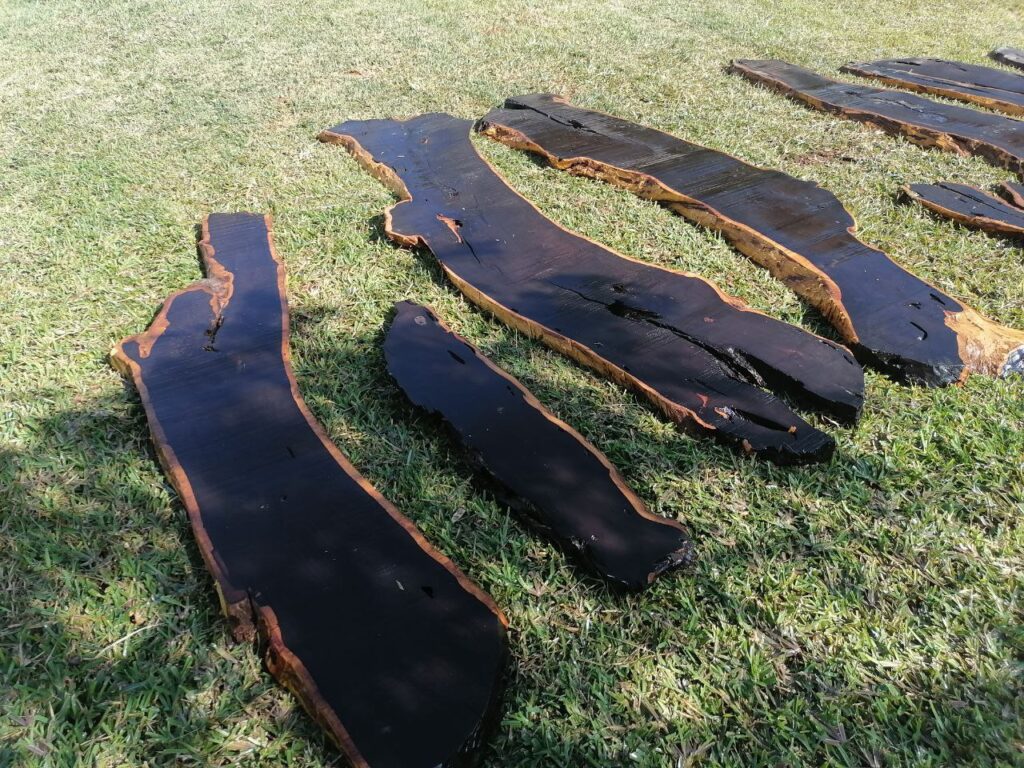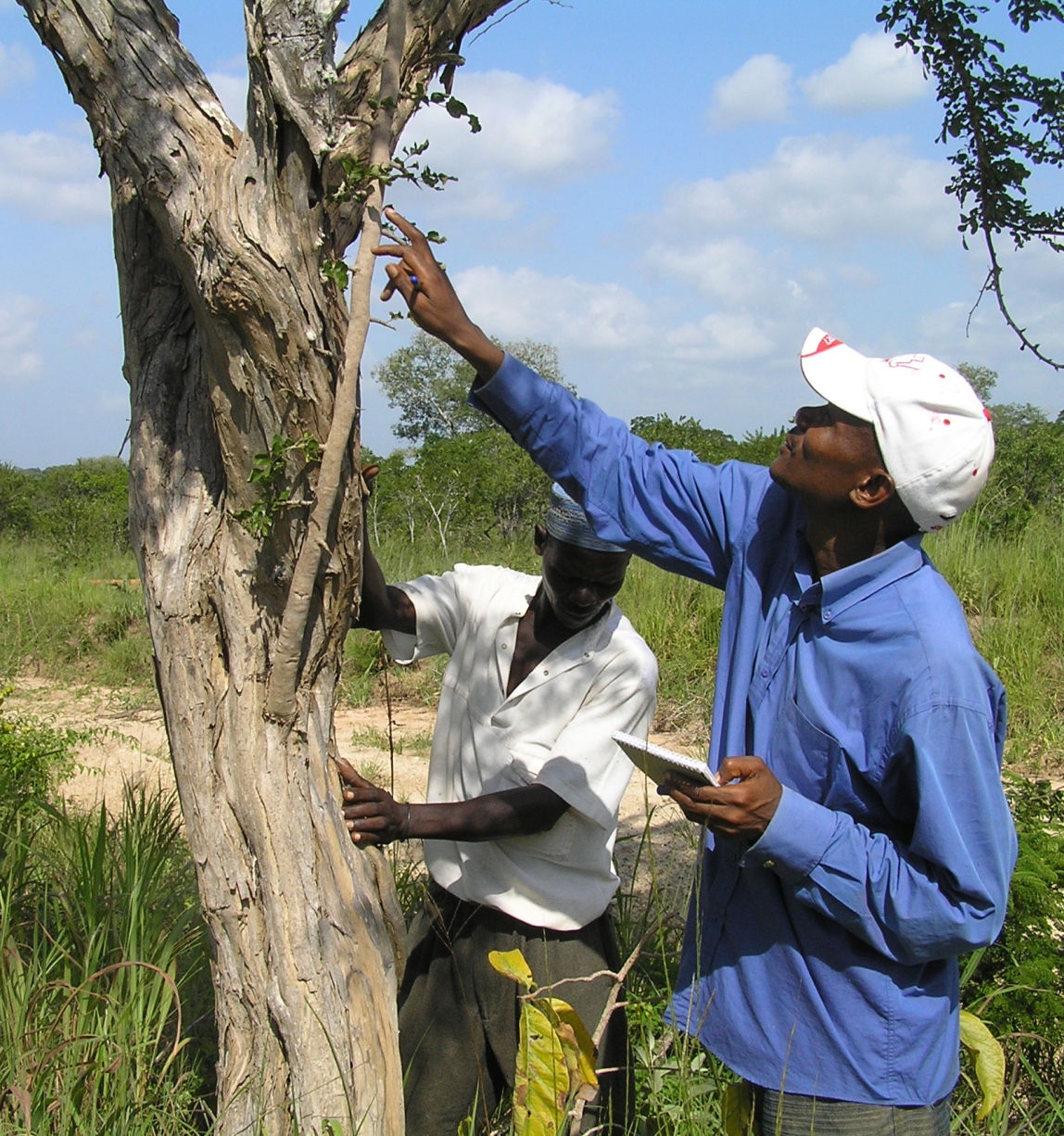Dalbergia melanoxylon, commonly known as African Blackwood or Mpingo, is a remarkable tree native to southern Africa, including Zambia. This species is highly valued for its unique properties and diverse applications and prices can go upto $9,000 for one tree log or $13,000 for a cubic metre.
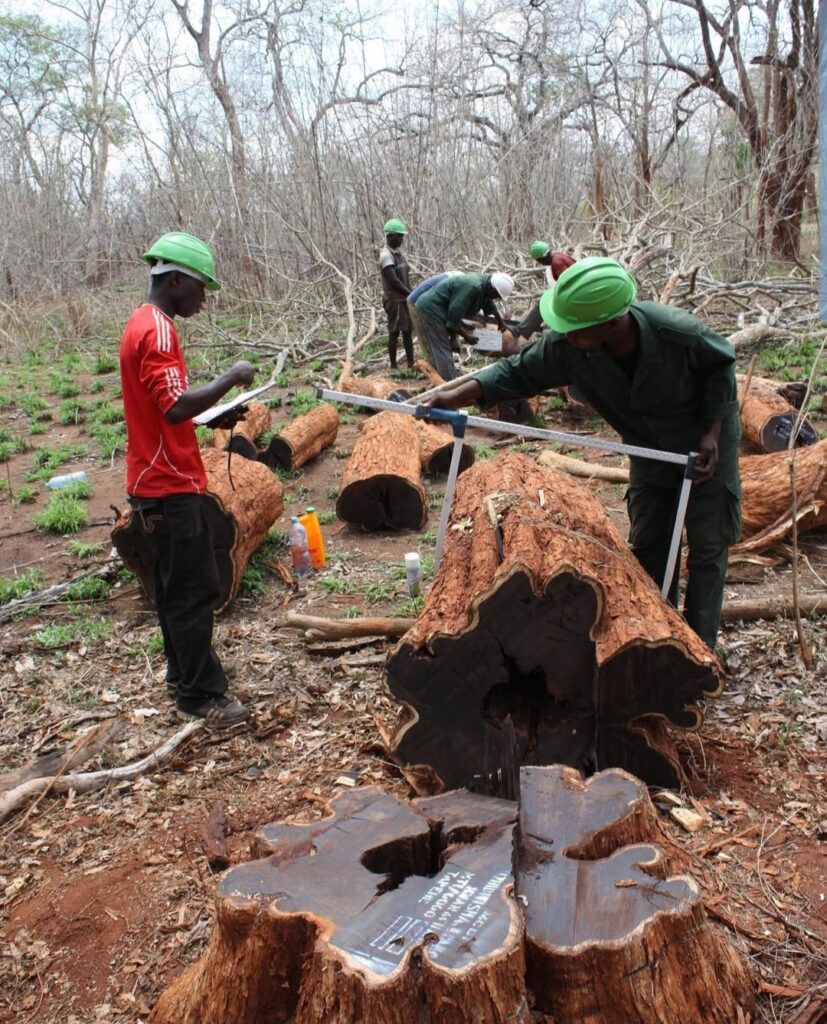
Uses of African Blackwood
African Blackwood is renowned for its dense, dark heartwood, making it ideal for:
- Musical Instruments: It is the preferred choice for woodwind instruments like clarinets and oboes due to its excellent tonal quality.
- Fine Furniture and Carvings: The wood is used in high-end furniture and intricate carvings, prized for its aesthetic appeal.
- Medicinal Applications: Traditionally, various parts of the tree are used in local medicine to treat ailments such as abdominal pain, gonorrhea, and bronchitis.
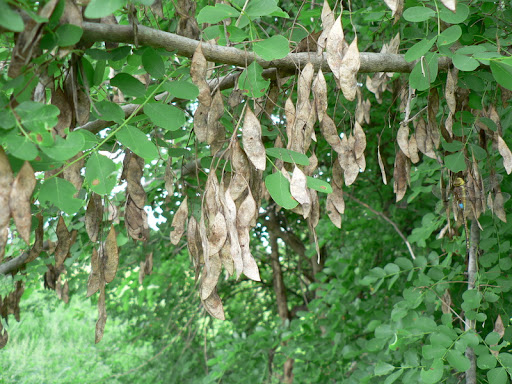
Harvesting Seeds
Harvesting seeds from African Blackwood should be done carefully:
- Timing: Seeds should be collected when the pods are mature but before they split open, typically during the dry season.
- Method: Gently remove the seeds from the pods and ensure they are clean and dry to maximize germination rates.
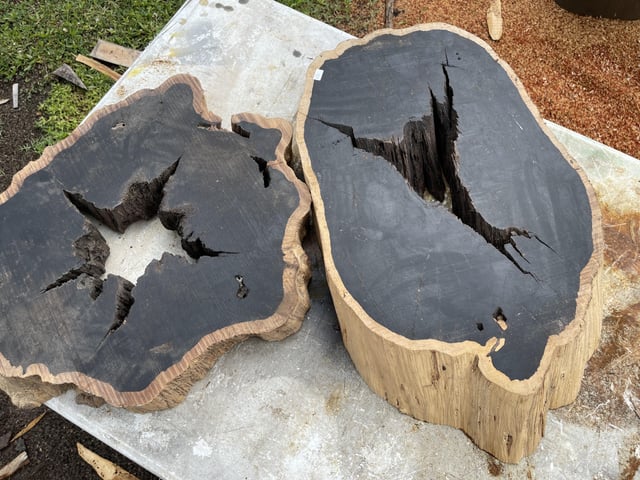
Maturity and Pricing
African Blackwood takes approximately 70 to 100 years to reach maturity, at which point it can be harvested for timber. The price of mature wood can be substantial, often reaching around $9,000 per log or $13,000 per cubic meter, reflecting its rarity and high demand .
Conservation Status
African Blackwood is classified as “near threatened” due to overharvesting and habitat loss. Its slow growth rate makes it particularly vulnerable, emphasizing the need for sustainable practices in its management.
Climate Change Mitigation
This tree species plays a vital role in combating climate change. Its extensive root system helps prevent soil erosion and promotes soil health. Additionally, as a nitrogen-fixing species, it contributes to soil fertility, enhancing ecosystem resilience
In conclusion, Dalbergia melanoxylon is not only a valuable resource in Zambia but also a crucial component of local ecosystems and traditional practices. Sustainable management of this species is essential to preserve its benefits for future generations.
